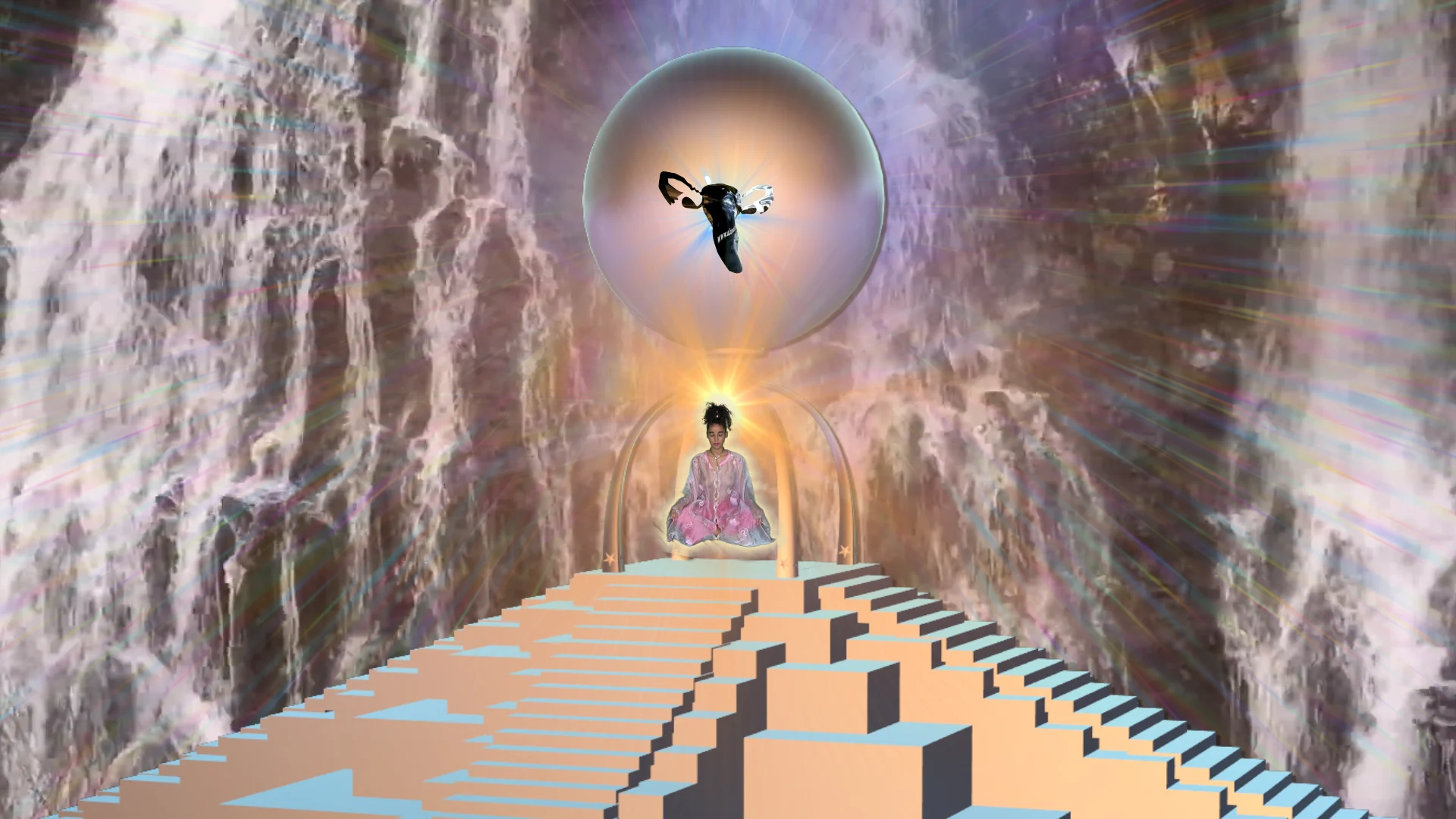
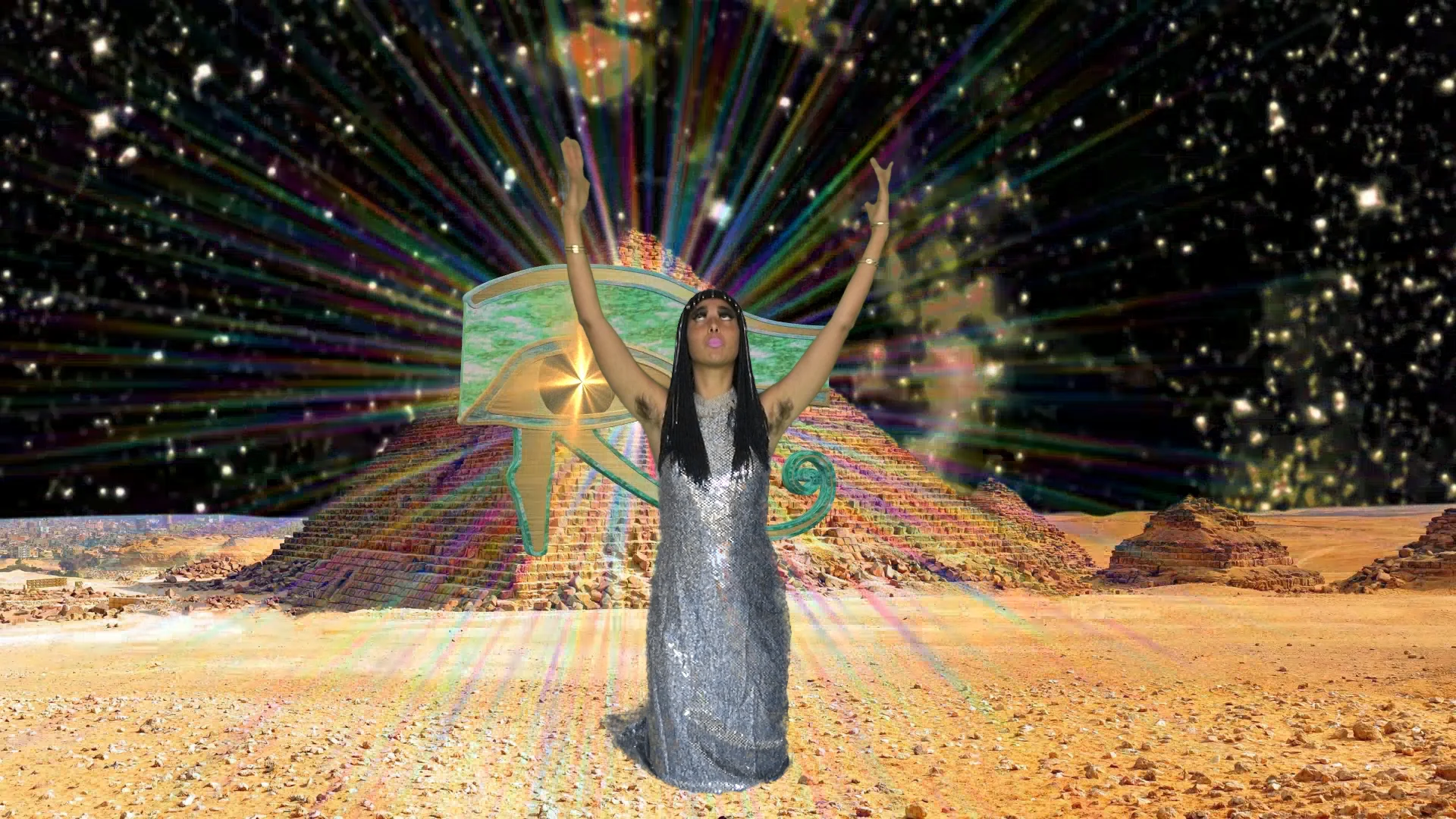
Spirituality and tech are not frequent or easy bedfellows, which makes the video artwork of Tabita Rezaire all the more intriguing. Despite having a strange relationship with the online world (join the club), Tabita takes inspiration from trends, spirals of trends, and “like” culture to create powerful work intersected with her knowledge of love and healing.
Despite not growing up in a particularly spiritual home, Tabita concedes that her path to enlightenment may still have been somewhat predetermined. “There are healers in my two lineages and both my parents are therapists, so the seeds were here waiting to sprout,” she explains. But it was classes in Kemetic yoga – a healing system derived from ancient Egypt – that really set the French Guyanese artist on the course that lead to both her spiritual and creative awakening, and ultimately would come to define her practice.

“When I started making work, I was addressing all the things that enraged me, namely historical-political injustices and the mechanics of oppression especially in relation to race, gender and sexuality, online and offline,” she says. “My work was basically an outlet for my anger and the pain underneath. I was digging into the wounds, trying to find out where my pain and our collective suffering came from.”
This took its toll on Tabita emotionally, culminating in feelings of alienation and despair that lead her to a dark period in her life. But following her discovery of Kemetic yoga – in which she has since trained as a teacher – Tabita’s work found new meaning. Sparked by a suggestion from a friend to help her through a particularly hard time, she credits the discipline with changing not only her outlook on life, but her artwork too. “Instead of focusing on the diagnostic and symptoms, I was now searching for remedies: I realised we are all in need of healing and that there are ways to feel connected that do not impose collateral damage,” she says. “My art practice became a medium to share this blessing and my spiritual journey gave me the capacity to feel the powerlessness, the unworthiness and access a space beyond it – a space that is needless, beyond pleasure and suffering.”
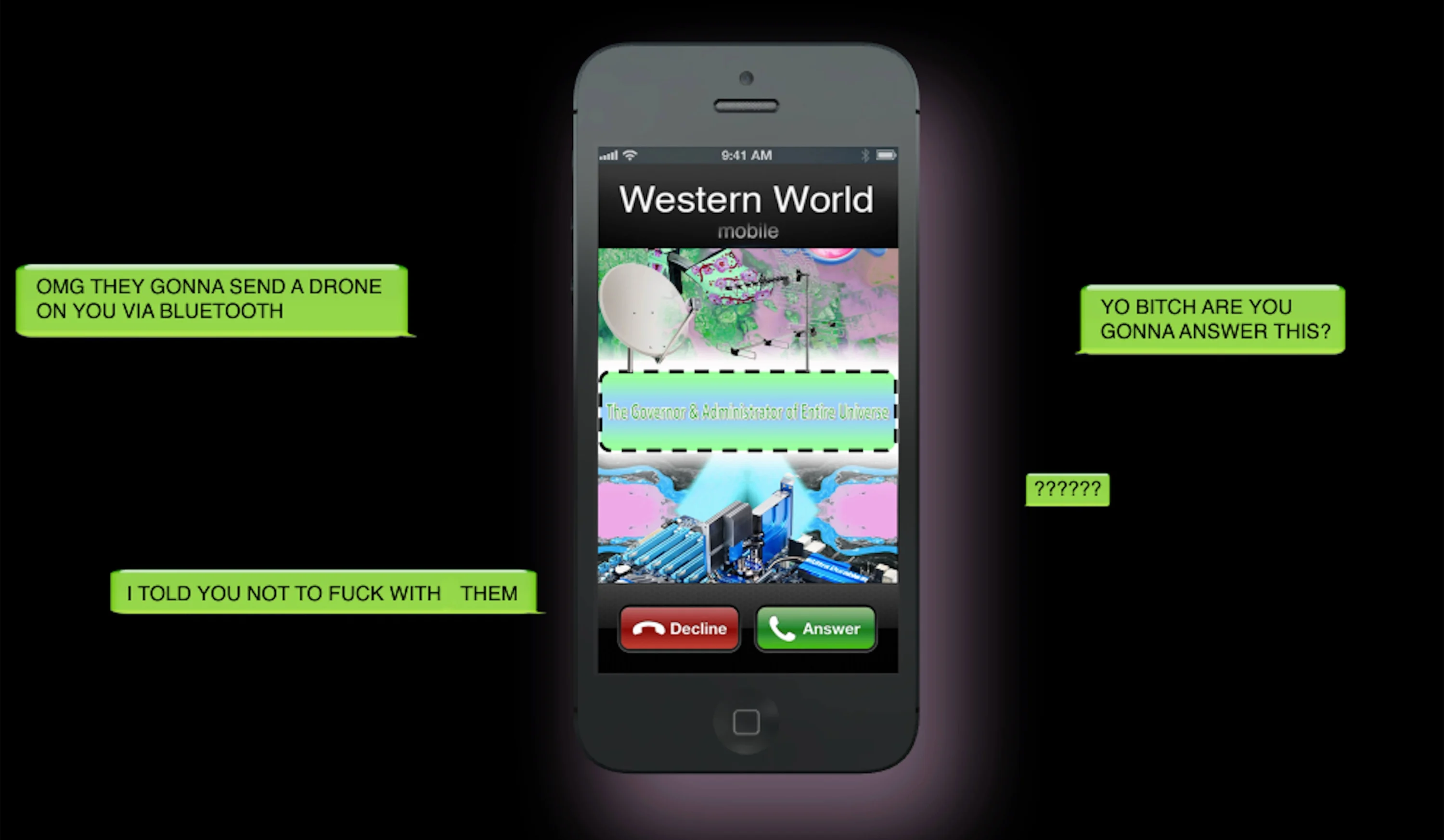

Today Tabita works largely in video art, focusing much of her attention on trying to decolonize the internet and the change pervading Western narratives in the digital space. In Sorry For Real, she imagines the West asking to make amends for colonization, while other works seek to honor the contributions of black culture that are all too often forgotten in Western narratives and history books. “ is like a knife: it can be used for murder or to carve a beautiful figure, depending on whose hand is holding it,” Tabita says. “It is not digital technology that is making the world such a grim place, it is us and the collective consciousness we exist in.”
Like many creatives operating in the digital realm in order to dismantle our digital selves, artist Tabita Rezaire admits she has a complicated relationship with the internet and all that it spews. As she rightly points out, it’s not just our collective psyche that is affected by spiralling technology and social media trends, but our planet too.


When you go where it hurts and come back from it, you grow.
“Even if the effects of technology are in our hands, the tech itself is not neutral, as digital technologies and cyberspace use immense natural resources to operate: mining activity to produce the technology, the electricity to cool down server farms, the marine ecosystem disruption to lay undersea cables, the environmental vibrational disturbances and so much more,” she says. “And on a mental and emotional level, social media has increased the collective sense of disconnection, loneliness, depression and insecurity. Intimacy is always mediated. It also enforces a spirit of competition because people are comparing themselves, getting a sense of value from the number of likes. It is a tragedy. How are we to build togetherness if everyone is competing for attention?”
Tabita’s own relationship with the digital world is ambivalent. Her work provides a commentary on its effects but she no longer uses social media and admits she “consciously worked on breaking the compulsive habit of endless scrolling” in a bid to break away from seeking validation from empty spaces. These conscious decisions and active movements have lead to a new sense of reflection evident in Tabita’s work and in herself. The artist admits she is much closer to peace now too. “When you allow yourself to build a relationship with your wounds, to go where it hurts and come back from it, you grow,” she says.
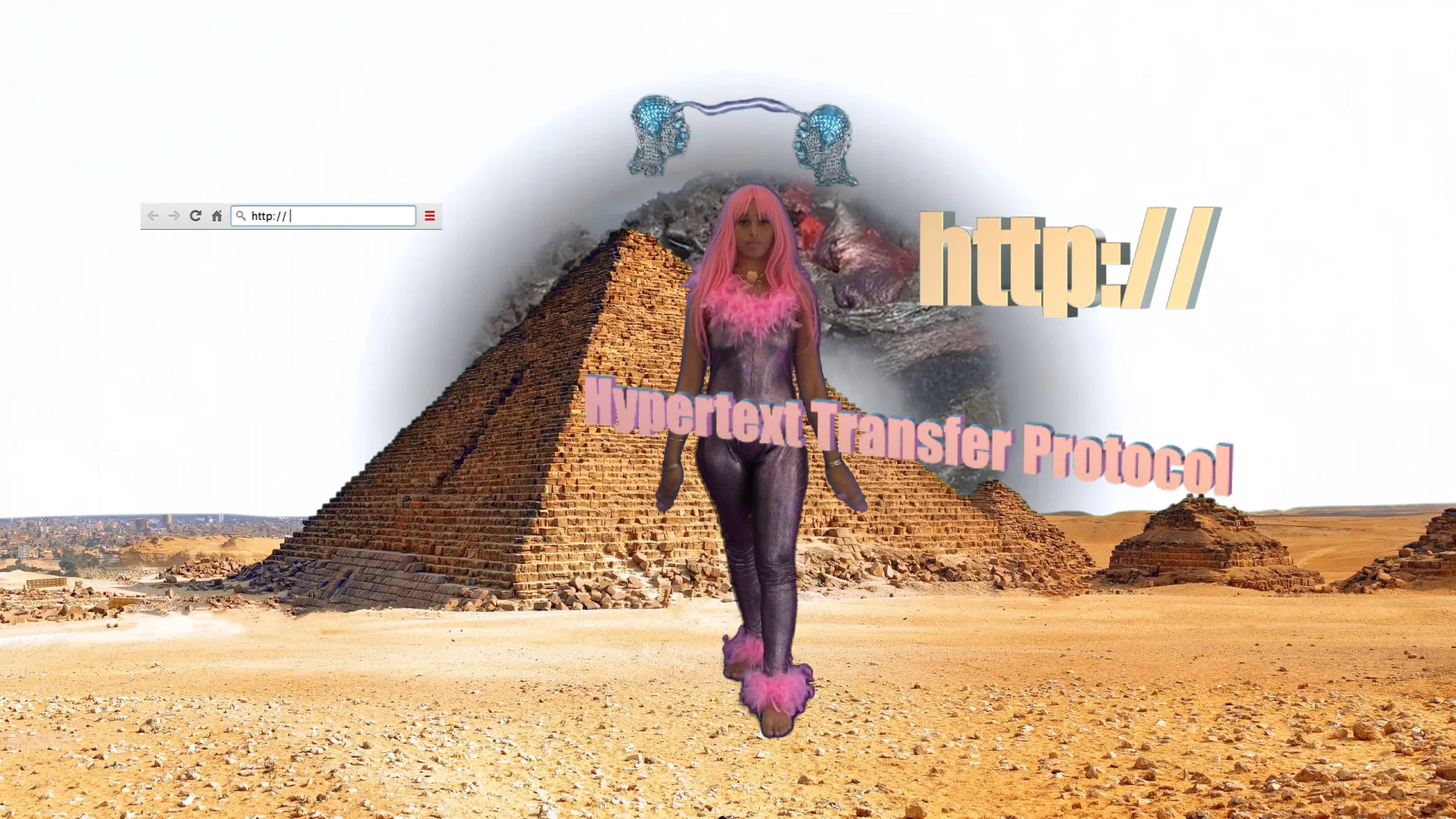
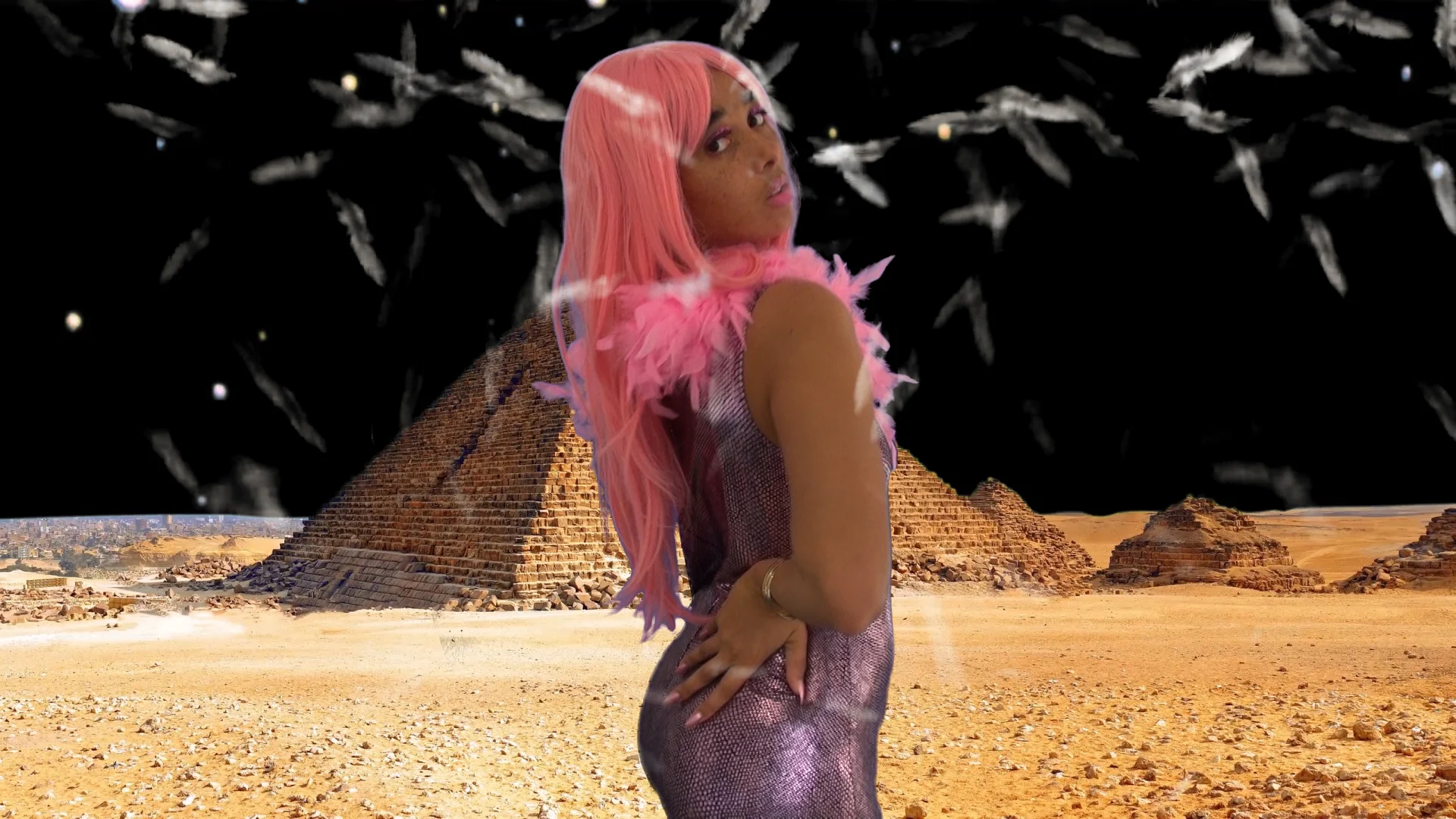
With work that is so layered, so personal and so probing, the process becomes one that puts intuition at its centre. Tabita has learned to trust herself and her conviction. “The main question I have is, ‘How do we connect to ourselves, each other, the earth and the universe?’” she says. “My whole practice centres on this question. In different forms, I seek and share my journey towards connection.” Her storytelling arcs rely on research, community and lived experience to form what she calls a kind of constellation. And when it comes time to stop, or to exhibit? “I never really finish, all my works constantly grow in me, as the more you try to say, the more there is to tell,” she explains. “The specific artworks stop because of deadlines but the research and practices keep deepening.”
And Tabita’s next work is her most ambitious to date. The artist is currently looking for land in the Amazonian forest of French Guiana in order to build a healing center. It will be her lifelong work. “It’s already here,” she says. “I’m just walking towards it.”
